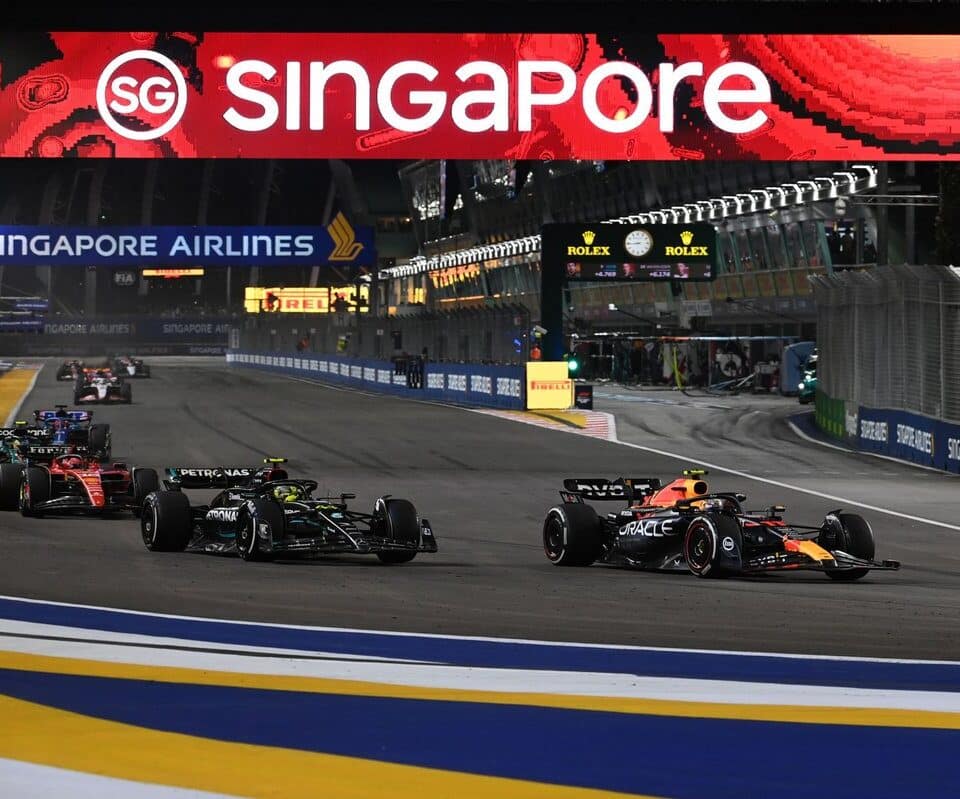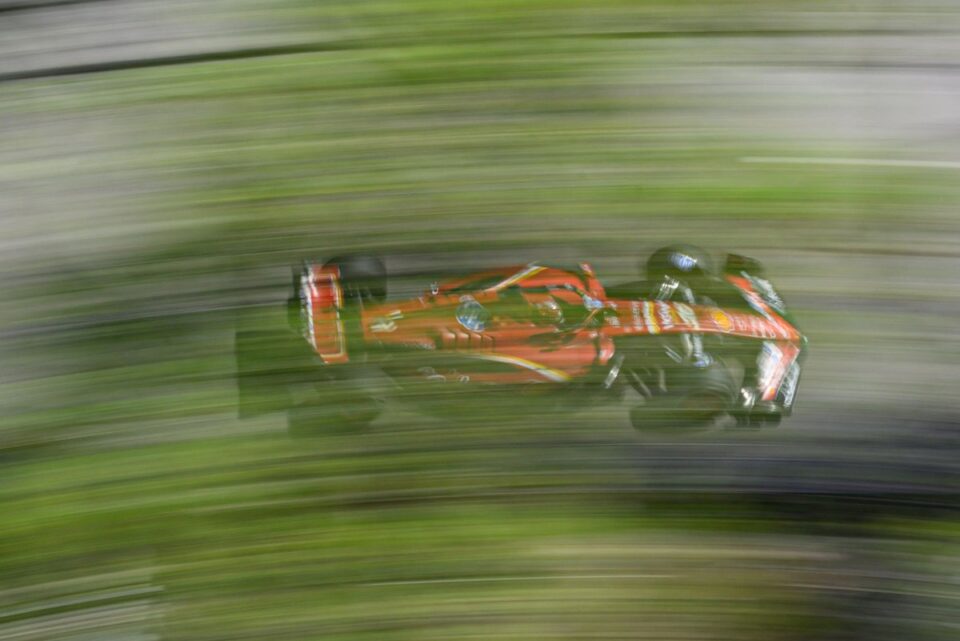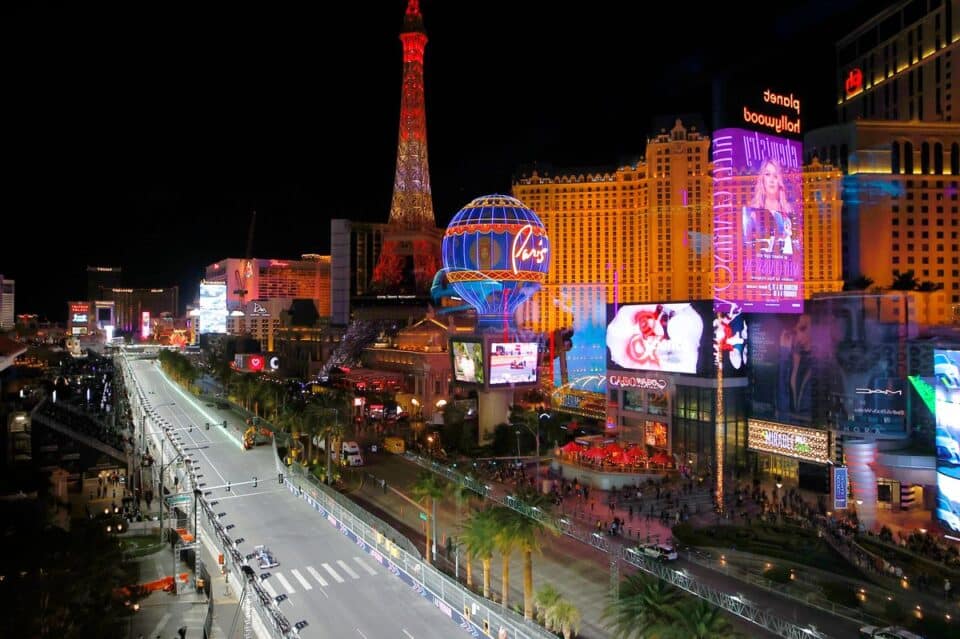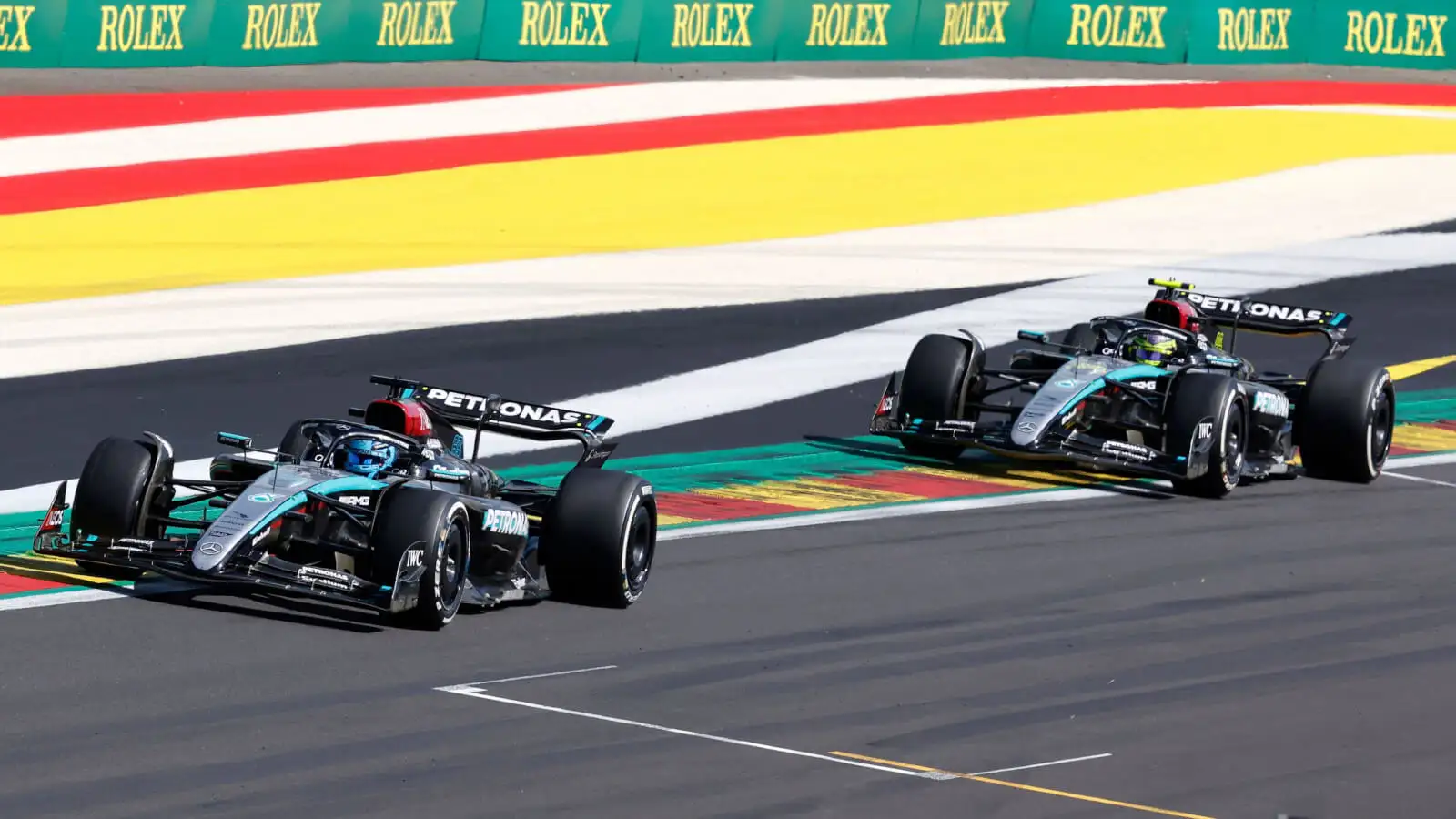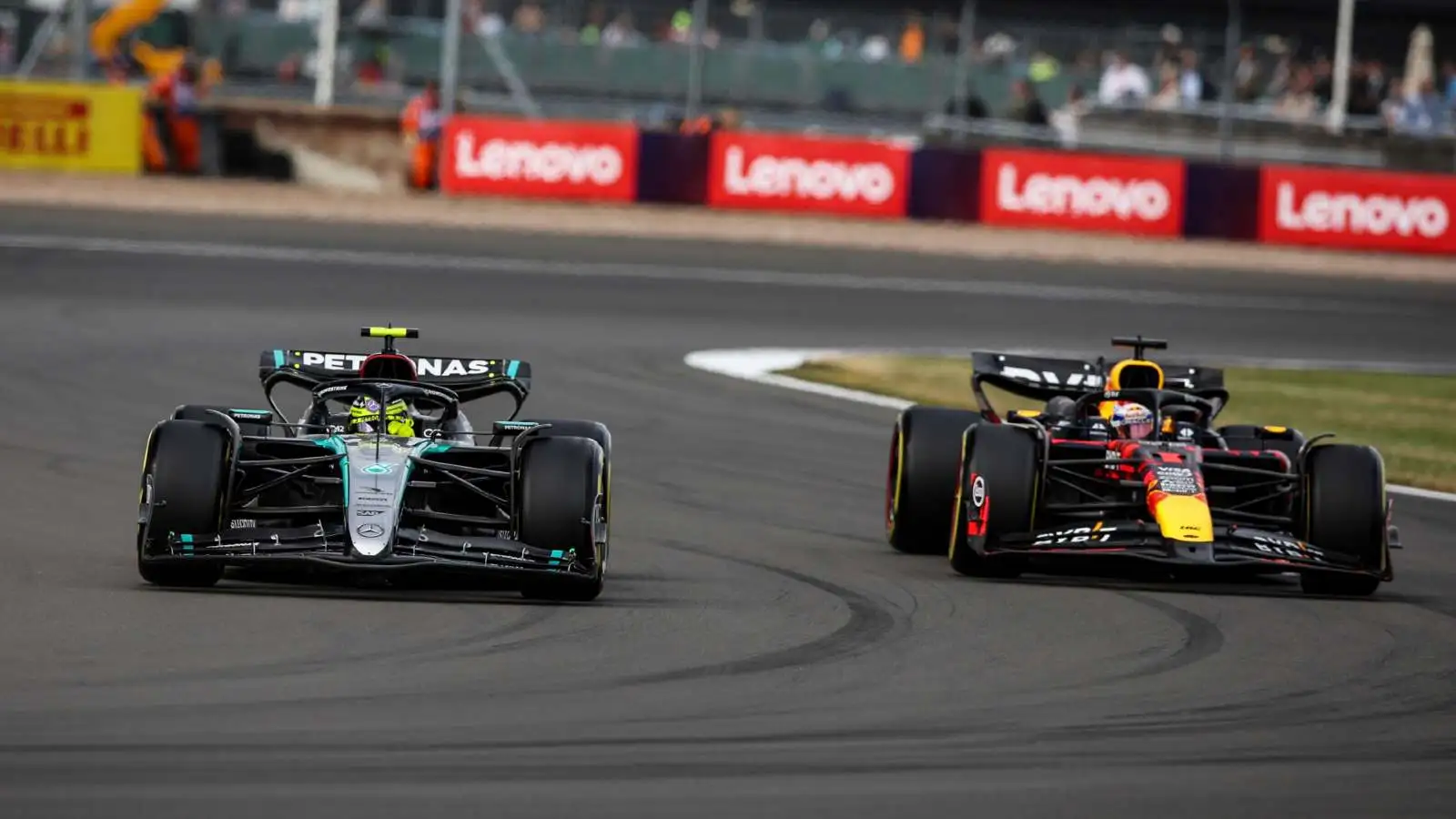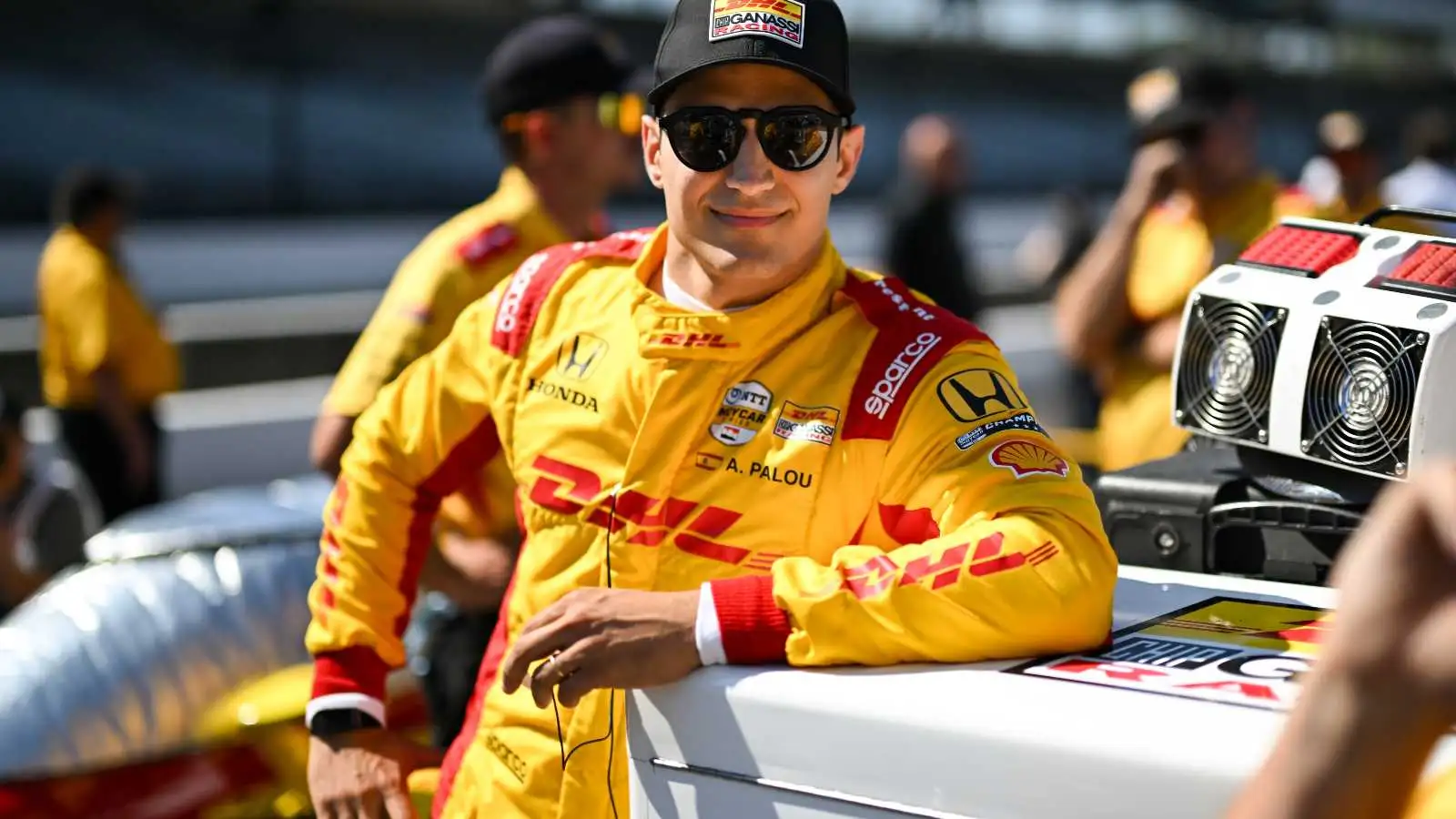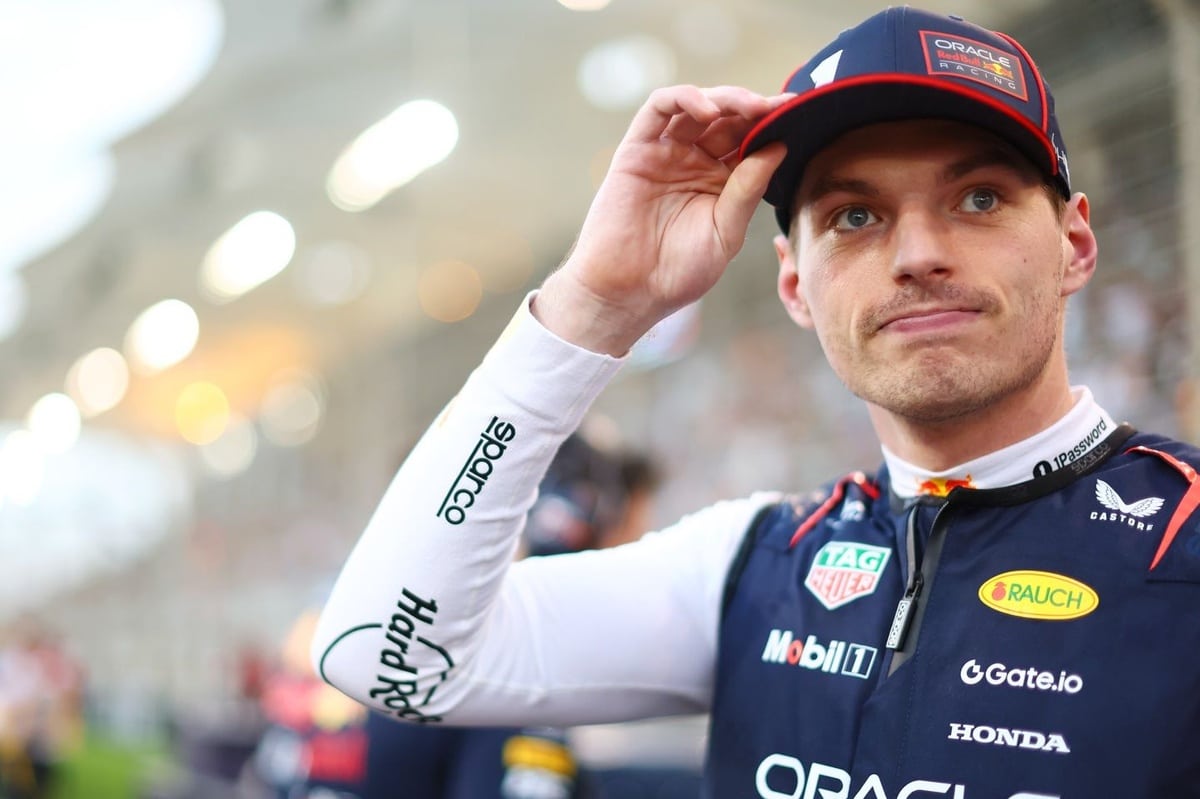The Formula 1 Singapore Grand Prix is a race like no other, renowned for its sheer difficulty due to the high heat and humidity, coupled with a circuit that tests drivers to their very limits.
The Marina Bay Street Circuit is infamous for its relentless corners. With 19 turns packed into a 4.94km track, drivers face an average of one corner every 260 meters. This non-stop sequence leaves them with virtually no time to catch their breath. “You have the seatbelts really tight, so you can hardly breathe properly. You have to hold your breath in the corners,” Nico Rosberg once said.
Drivers find themselves racing between barriers that line the track, requiring absolute precision. Max Verstappen has even admitted to leaving “a bit more margin” to avoid the walls. Last year, incidents involving Lance Stroll and George Russell showcased just how easy it is to crash here. Stroll walked away from a severe crash in qualifying, while Russell ended up in the barriers during the final lap of the race.
Endurance is another major factor. The Singapore Grand Prix is the longest race on the F1 calendar. Despite the fastest race last year clocking in at one hour and 43 minutes, the two-hour maximum time limit has been reached five times. The need for continuous concentration in such conditions is an incredible feat, made even tougher by the lack of straights to rest on.
The street circuit also guarantees a bumpy ride. The high kerbs and uneven surface make it hard for drivers to maintain focus. Red Bull faced significant challenges last year due to the car’s setup, which was more suited for smoother tracks.
Heat and humidity are a constant companion in Singapore. With temperatures soaring above 40 degrees Celsius and cockpit temperatures reaching up to 60 degrees, drivers risk heat stress. Many prepare by spending time in saunas, but it’s little consolation once the race begins. Kevin Magnussen noted that their in-car drink system ends up dispensing liquid so hot, it’s “almost like tea, too hot to drink.”
As if all that wasn’t enough, the race is held at night, adding another layer of complexity. Teams and drivers stick to European time, which means getting up at 2pm and heading to bed at sunrise. This time shift impacts everything from media obligations to sponsor events.
For some, the Marina Bay Circuit remains elusive. Max Verstappen, despite his many victories, has never won in Singapore. From finishing second in 2018 to struggling with car setups in recent years, this track continues to be a tough nut for him to crack.
The Singapore Grand Prix tests every facet of a driver’s skill and endurance. From the relentless corners and high heat to the night race schedule, it’s a challenge that stands out on the F1 calendar.
Source: Motorsport
